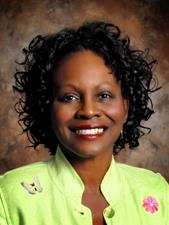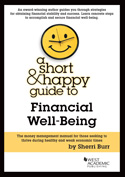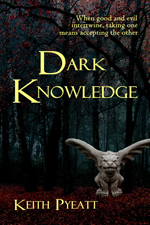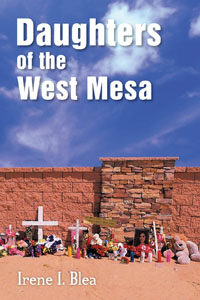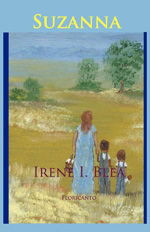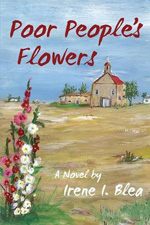Jasmine Tritten is an author and artist whose grand adventure from her native Denmark to the Americas was decided by the flip of a coin. She now makes her home in Corrales, New Mexico with her husband, her very own Prince Charming. The memoir Journey of an Adventuresome Dane (2015) is Jasmine’s debut book. You can find her on Facebook and LinkedIn, and see examples of her oil paintings at New Mexico Artists’ Market. For a complete listing of Jasmine’s published work, go to her SWW Author Page.
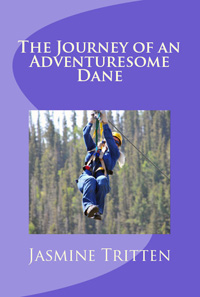 What is your elevator pitch for The Journey of an Adventuresome Dane?
What is your elevator pitch for The Journey of an Adventuresome Dane?
I left my home country Denmark at age twenty-one seeking adventure. I took chances and overcame fears and obstacles. My memoir depicts my evolution—an odyssey across time and space.
When readers turn the last page of your book, what do you hope they will take away from it?
Inspiration to write about their own lives. Maybe the courage to take the risk of changing their lives for the better.
What unique challenges did this work pose for you?
I had to decide how vulnerable I wanted to be and dig deep into my memory bank to find the most life-changing incidents.
What was the most rewarding aspect of writing your memoir?
Getting an overview and perspective of my life, processing emotionally charged episodes by reliving them.
Tell us about your process in putting the book together.
It took me about three years to write the book. I already had most of the stories in my head. The details came from two sources: journals I had written since I was a teenager and letters I had written to my mother every two weeks since I left Denmark in 1964. She kept all the letters in an old oak trunk. Each time I visited my mother in Copenhagen during the last four years, I brought some of the letters back with me to New Mexico. For the editing cycle, I belonged to a critique group for one and a half years. Also several times I put my writing away for six months, then looked at the work again with new eyes and revised it over and over again.
What makes this book unique in the memoir market?
There are not many written immigration stories except for the obvious Roots. Also, I am the first person in my Danish family, going back hundreds of years, who immigrated.
When did you know you wanted to write your story? What prompted the final push to begin?
Just before my 70th birthday, I waited to zip-line in Angel Fire at 10,600 feet. When I looked down, I saw my life in front of my eyes and decided to sum together those highlights in a book.
What did writing your memoir teach you about yourself?
I am a strong, optimistic, creative person with a positive outlook and a zest for living life to the fullest. I am not afraid of tackling what life has to offer.
How has your artistic nature helped you in your writing journey?
Some people tell me I paint pictures with words. I am an ultra-sensitive soul. Maybe because of that it is easier for me to describe what I see and feel.
What part do beta readers or critique groups play in your writing process?
Both are extremely valuable to my writing process, and I am grateful for each person who volunteers to critique my writing. I try to help other writers in a similar way and learn a lot from each person.
What is your writing routine like?
I don’t have a schedule. Since I am both a writer and an artist, I switch between the two. Many times I wake up at four in the morning with great ideas. Quickly I put them down on paper to be typed later. In 2014, I participated in National Novel Writing Month (NaNoWriMo) as a Rebel [choosing to write other than a novel] and wrote over 50,000 words toward my memoir.
If you suffer from writer’s block, how do you break through?
By journaling.
Who are your favorite authors, and what do you admire most about their writing?
I greatly admire fellow Dane Karen Blixen (also known as Isak Dinesen) who wrote Out of Africa, for her strength and adventuresome spirit. She wrote such wonderful descriptions. I identify with her in many ways. Also, Elizabeth Gilbert in Eat-Pray-Love for her sense of humor, and Wayne Dyer for his honest, spiritual, and inspirational approach in all of his books.
What do you think draws readers to memoirs and biographies?
Personally, I am interested in other people’s lives, how they got to where they are, and how they overcame their obstacles or fulfilled their dreams.
 KL Wagoner (writing as Cate Macabe) is the author of This New Mountain: a memoir of AJ Jackson, private investigator, repossessor, and grandmother. She has a new speculative fiction blog at klwagoner.com and writes about memoir at ThisNewMountain.com.
KL Wagoner (writing as Cate Macabe) is the author of This New Mountain: a memoir of AJ Jackson, private investigator, repossessor, and grandmother. She has a new speculative fiction blog at klwagoner.com and writes about memoir at ThisNewMountain.com.

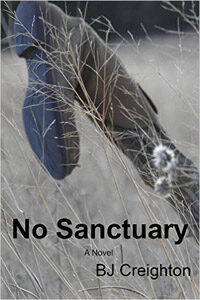


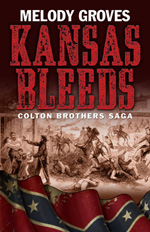

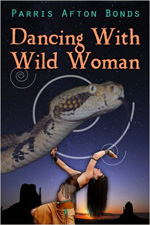
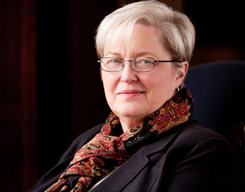
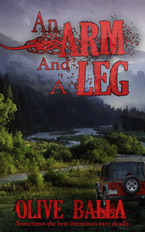
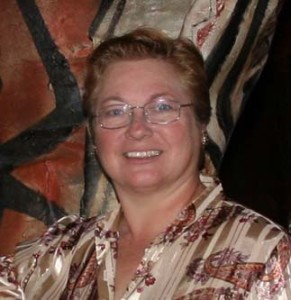 What can I say? This is my first attempt to do anything at all with a blog on a website. I’ve always wanted to, but haven’t had the time to learn. Suddenly I find I’ve accepted the challenge to learn how to make this work. My biggest fear is hitting the wrong button and screwing up entirely
What can I say? This is my first attempt to do anything at all with a blog on a website. I’ve always wanted to, but haven’t had the time to learn. Suddenly I find I’ve accepted the challenge to learn how to make this work. My biggest fear is hitting the wrong button and screwing up entirely